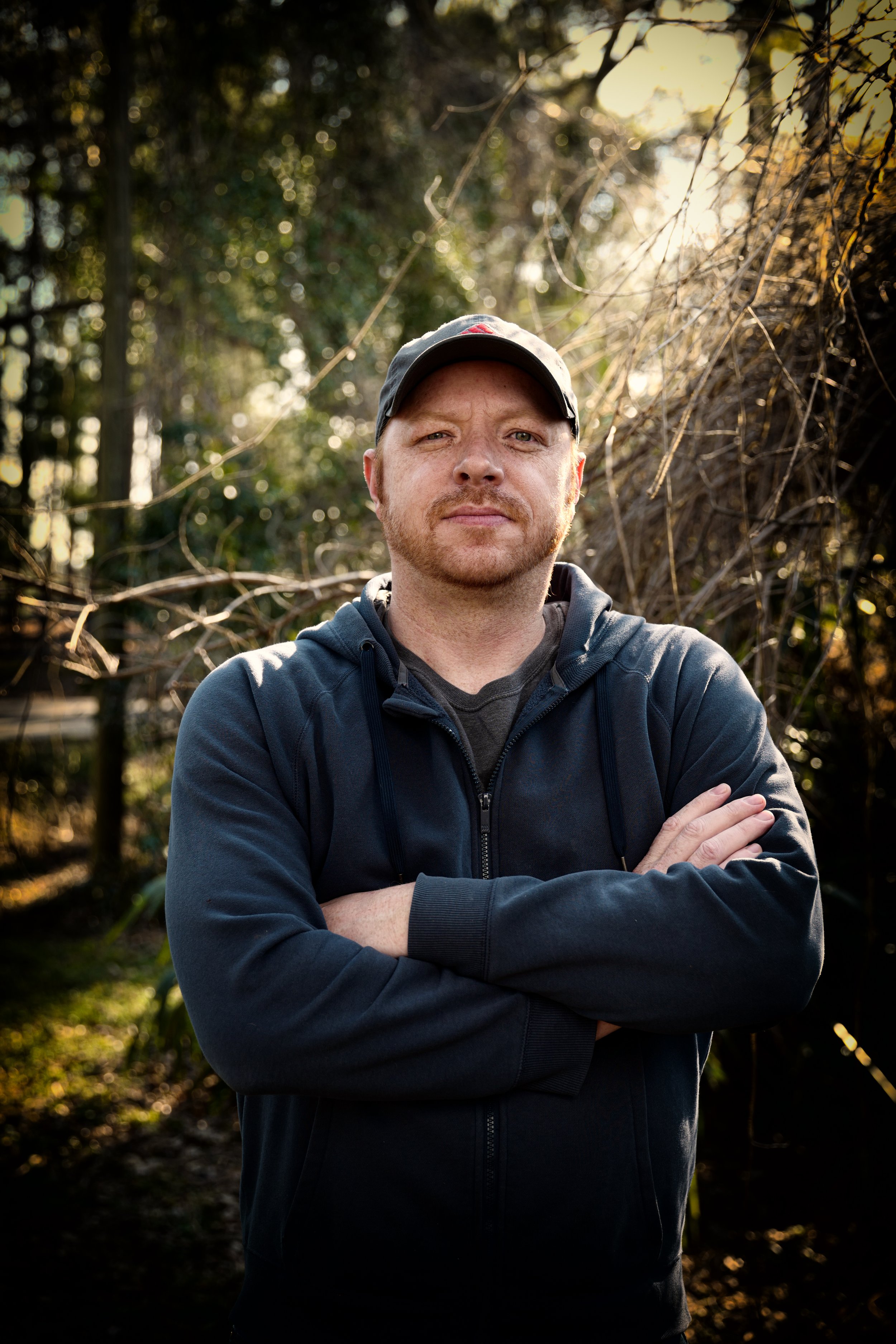The Basic Principles Of Circularly Polarized Luminescence
Wiki Article
All about Circular Dichroism
Table of ContentsLittle Known Questions About Circular Dichroism.The Ultimate Guide To SpectrophotometersThe smart Trick of Circularly Polarized Luminescence That Nobody is Discussing8 Easy Facts About Circular Dichroism ShownGet This Report on Spectrophotometers

Although spectrophotometry is most frequently used to ultraviolet, noticeable, and infrared radiation, contemporary spectrophotometers can interrogate wide swaths of the electromagnetic spectrum, consisting of x-ray, ultraviolet, visible, infrared, and/or microwave wavelengths. Spectrophotometry is a tool that hinges on the quantitative analysis of molecules depending upon just how much light is soaked up by colored compounds.
How Circularly Polarized Luminescence can Save You Time, Stress, and Money.
A spectrophotometer is frequently used for the measurement of transmittance or reflectance of solutions, transparent or opaque solids, such as sleek glass, or gases. Many biochemicals are colored, as in, they soak up visible light and for that reason can be determined by colorimetric treatments, even colorless biochemicals can often be converted to colored substances suitable for chromogenic color-forming reactions to yield compounds suitable for colorimetric analysis.: 65 Nevertheless, they can likewise be designed to measure the diffusivity on any of the noted light ranges that typically cover around 2002500 nm using various controls and calibrations.An example of an experiment in which spectrophotometry is used is the determination of the balance constant of a service. A certain chemical response within an option might take place in a forward and reverse instructions, where reactants form products and items break down into reactants. At some point, this chemical reaction will reach a point of balance called a stability point.
6 Easy Facts About Uv/vis/nir Described
The amount of light that passes through the option is indicative of the concentration of specific chemicals that do not enable light to pass through. The absorption of light is due to the interaction of light with the electronic and vibrational modes of particles. Each kind of molecule has a private set of energy levels related to the makeup of its chemical bonds and nuclei and thus will soak up light of particular wavelengths, or energies, leading to special spectral residential or commercial properties.
Using spectrophotometers spans different clinical fields, such as physics, materials science, chemistry, biochemistry. UV/Vis, chemical engineering, and molecular biology. They are commonly used in numerous markets including semiconductors, laser and optical manufacturing, printing and forensic examination, in addition to in labs for the research study of chemical substances. Spectrophotometry is often utilized in measurements of enzyme activities, determinations of protein concentrations, determinations of enzymatic kinetic constants, and measurements of ligand binding reactions.: 65 Eventually, a spectrophotometer has the ability to determine, depending on the control or calibration, what substances are present in a target and precisely how much through estimations of observed wavelengths.
Created by Arnold O. Beckman in 1940 [], the spectrophotometer was developed with the help of his coworkers at his business National Technical Laboratories established in 1935 which would become Beckman Instrument Business and eventually Beckman Coulter. This would come as an option to the previously produced spectrophotometers which were unable to absorb the ultraviolet correctly.
Spectrophotometers - Truths
It would be found that this did not provide satisfying results, for that reason in Model B, there was a shift from a glass to a quartz prism which enabled much better absorbance outcomes - circularly polarized luminescence (https://allmyfaves.com/olisclarity1?tab=Olis%20Clarity). From there, Model C was born with a modification to the wavelength resolution which wound up having three units of it producedIt irradiates the sample with polychromatic light which the sample soaks up depending upon its homes. It is transmitted back by grating the photodiode selection which spots the wavelength area of the spectrum. Because then, the development and implementation of spectrophotometry gadgets has actually increased exceptionally and has become one of the most innovative instruments of our time.

Top Guidelines Of Circular Dichroism
The grating can either be movable or repaired.In such systems, the grating is fixed and the strength of each wavelength of light is determined by a different detector in the range. In addition, most contemporary mid-infrared spectrophotometers use a Fourier change technique to obtain the spectral information - https://soundcloud.com/julieanndesalorenz30606. This this link method is called Fourier change infrared spectroscopy. When making transmission measurements, the spectrophotometer quantitatively compares the fraction of light that travels through a reference service and a test solution, then digitally compares the intensities of the 2 signals and computes the percentage of transmission of the sample compared to the referral standard.

Report this wiki page